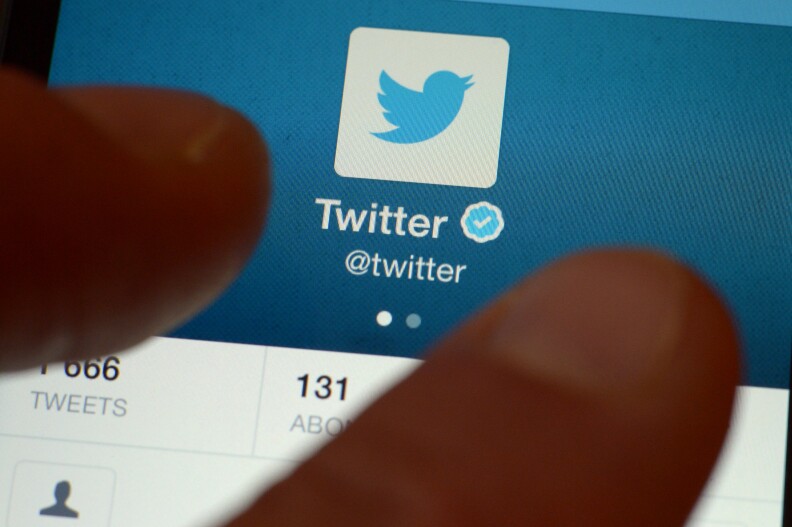If you've been paying attention to the news lately, you've probably heard about bots, those software programs that infiltrate social media to promote certain ideas. Some are harmless, but many are trying to create disagreement and discord around an issue, whether it's an election, kneeling NFL players or -- most recently -- gun control.
It's all pretty disturbing, so to get a better understanding of these Internet robots, we reached out to Karen North. She directs the digital social media program at the University of Southern California.
How bots work
The algorithms behind these bots started out as a way to target ads to social media users with relevant interests, North said. But now the bot accounts are using this technology to target users with content that is specifically tailored to influence or anger them, based on their interests on social media.
These accounts make users believe they are seeing content from someone with similar beliefs, North said. But then the accounts lead these people astray, and it's hard to say why they do it.
"Everybody's analysis of the situation is that there are people in different parts of the world who would like to create discord and disrupt our sense of democracy here in the United States, and the best way to do that would be to destabilize our trust in systems, thus the elections and our ability to compromise with each other."
What we can do about it
North said there's no sure fire way to spot a post from a bot account, but she does have some best practices:
- Look out for 'sponsored content.' These posts are purchased and shown to users based on their interests.
- Be wary of content that isn't from a source you trust, like a reputable news organization.
- Don't hit the 'dislike' button or share a bot's post with a message about how it's untrue. Algorithms see all interaction with a post as a good thing that shows the post is popular.



